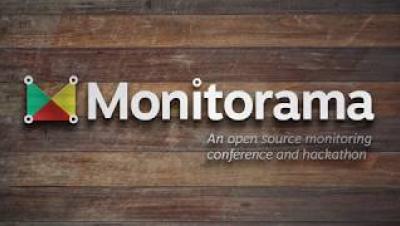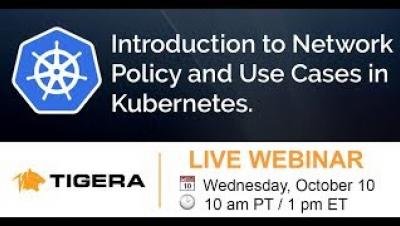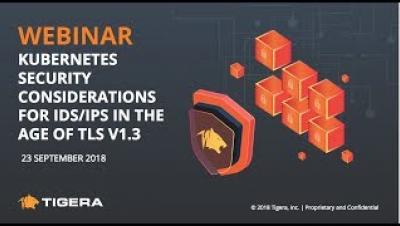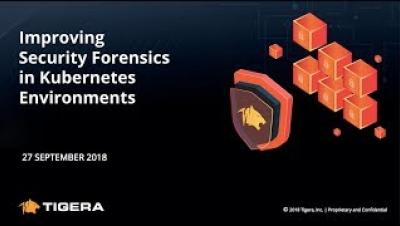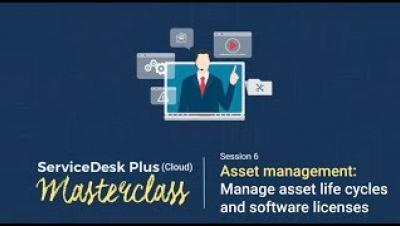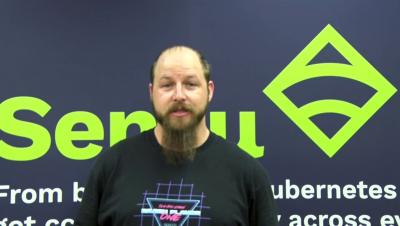Is observability good for our brain? How about post-mortems?
Your software stack likely consists of web servers, search engines, queues, databases, etc. Each part of your stack emits its own metrics and logs. Depending on the size of your team and structure, different team members might have permissions to look at one set of data, but not the other. Some data is needed for troubleshooting and can be discarded after just a few days, while more important data might need to be kept for months for legal or capacity planning purposes.


